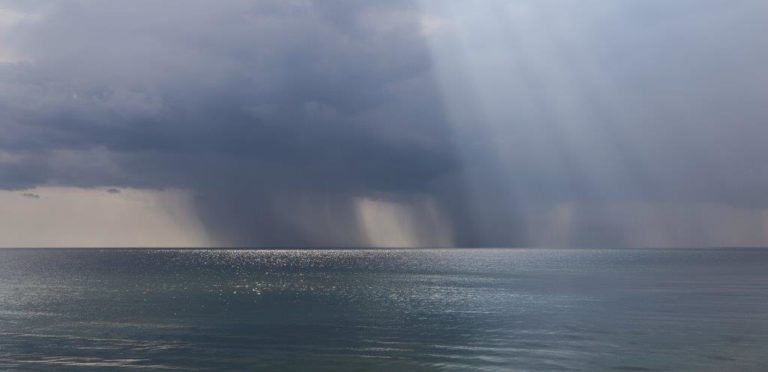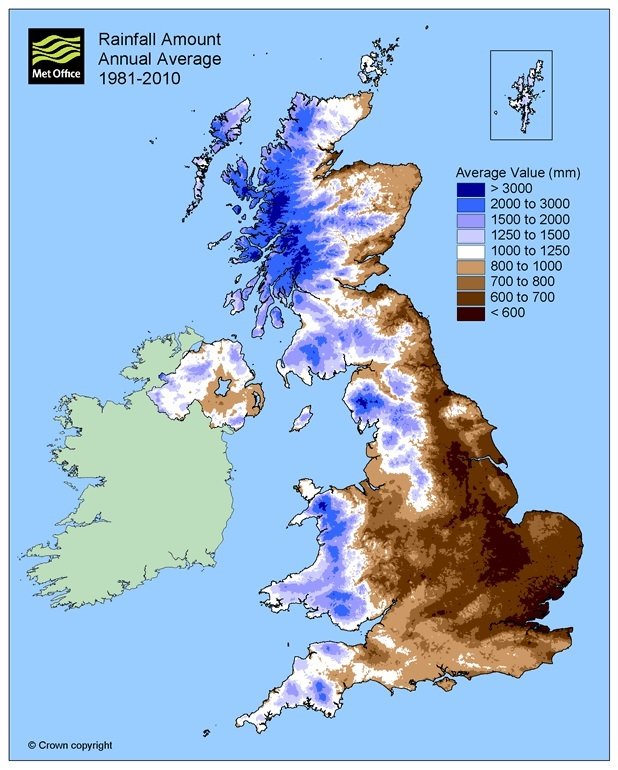Home / Nature & Environment / Earth Science / Learn About Weather / What is the difference between rain and showers?

Reach your personal and professional goals
Unlock access to hundreds of expert online courses and degrees from top universities and educators to gain accredited qualifications and professional CV-building certificates.
Join over 18 million learners to launch, switch or build upon your career, all at your own pace, across a wide range of topic areas.

 Umbrellas in the rain
Umbrellas in the rain Rain forming puddles
Rain forming puddles Showers in the distance
Showers in the distance Rain in the city
Rain in the city Rain over mountains
Rain over mountains Average annual rainfall in the UK highlighting the wet mountains in the west
Average annual rainfall in the UK highlighting the wet mountains in the west Topography of the UK for comparison with the rainfall map above
Topography of the UK for comparison with the rainfall map above



